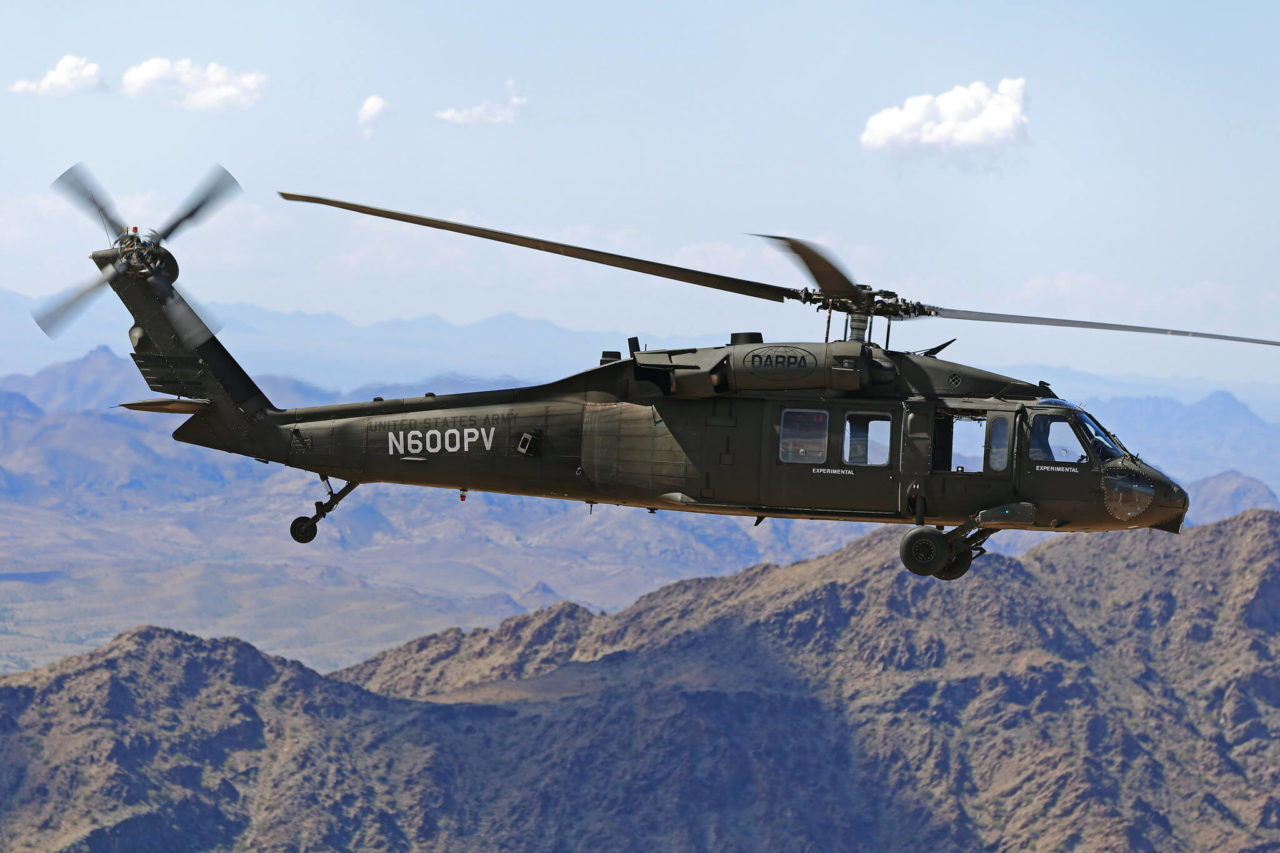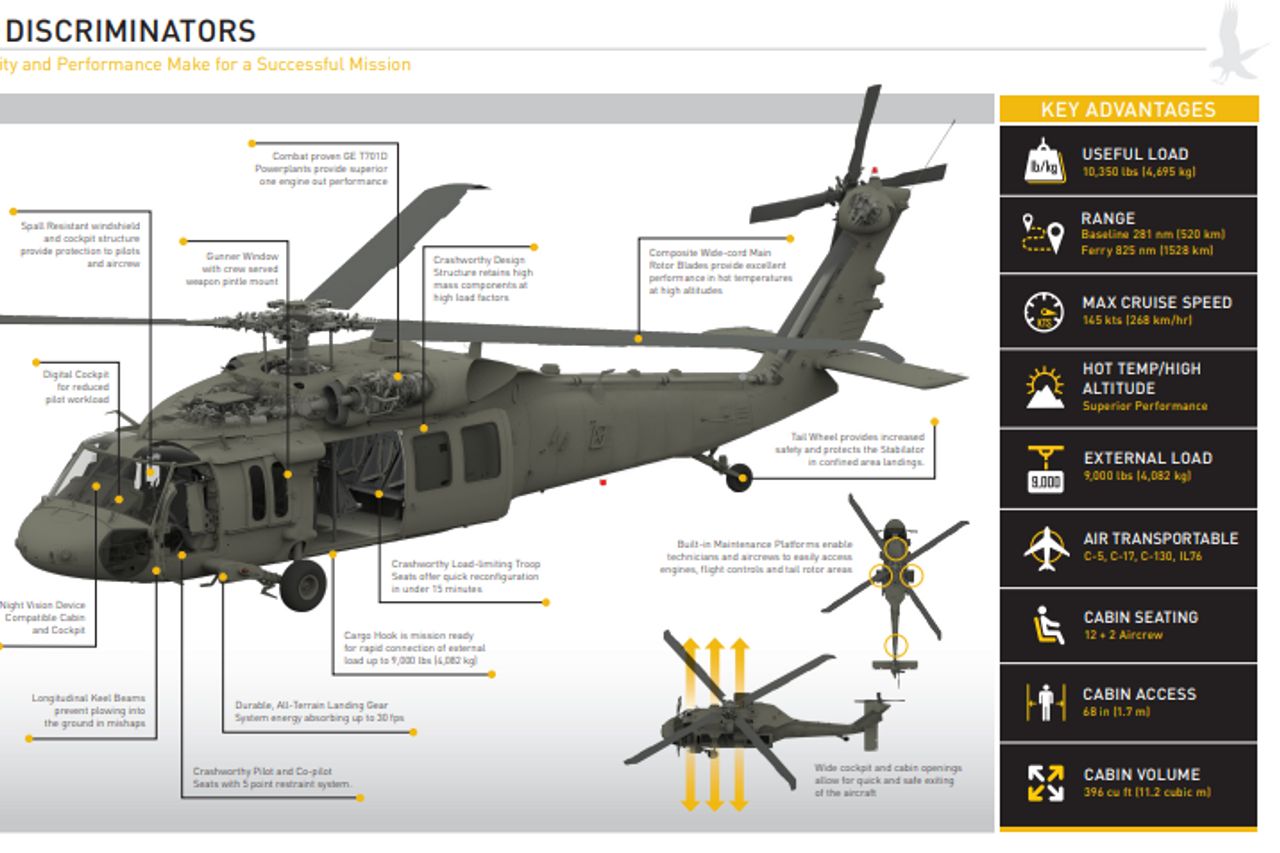High-Performance Multi-Role Rotorcraft Featuring Advanced Cabin Technologies and Integrated Sensing Unit Systems
The world of rotorcraft technology has seen remarkable innovations in recent times, particularly in the realm of high-performance multi-role rotorcraft equipped with cutting-edge cockpit technologies and perfectly integrated sensing unit systems. These innovations have not only enhanced the operational capabilities of rotorcraft but have actually additionally substantially impacted modern air travel procedures on numerous fronts. From improved objective flexibility to enhanced operational performance, the merging of sophisticated cockpit innovations and integrated sensor systems has ushered in a new era of possibilities for rotorcraft applications. In the complying with discussion, we will check out the evolution of rotorcraft innovation, dive right into the realm of sophisticated cockpit developments, and check out the implications of incorporated sensor systems on the functional convenience and efficiency of contemporary rotorcraft.
Development of Rotorcraft Innovation
The evolution of rotorcraft technology has actually been noted by considerable improvements in the rules of aerodynamics, products, and propulsion systems, forming the abilities and efficiency of contemporary rotorcraft. Wind resistant improvements have actually boosted the performance and ability to move of rotorcraft, allowing for enhanced rate, dexterity, and security throughout flight (sikorsky s 70). Advancements in products, such as using composite products and advanced alloys, have brought about lighter yet more powerful rotorcraft frameworks, boosting general performance and sturdiness. Additionally, developments in propulsion systems, including extra effective engines and cutting-edge propulsion innovations, have actually allowed rotorcraft to achieve higher altitudes, faster rates, and greater payloads.
These innovations have not only transformed the capacities of rotorcraft yet have actually additionally broadened their applications across different markets, including army, business, and emergency situation solutions. The continuous evolution of rotorcraft technology remains to drive advancement in the field, pressing the borders of what is feasible and shaping the future of vertical trip.
Advanced Cockpit Innovations
Building upon the fundamental improvements in the rules of aerodynamics, products, and propulsion systems, the world of rotorcraft technology now moves focus towards pioneering Advanced Cabin Innovations. The assimilation of sophisticated technologies within the cabin setting plays an essential role in improving the operational capabilities, safety, and effectiveness of modern rotorcraft. sikorsky s 70. Advanced Cabin Innovations incorporate a wide variety of functions developed to offer pilots with improved situational understanding, structured information administration, and instinctive control user interfaces
One of the key developments in cabin design is the execution of glass cabins, which replace conventional analog determines with high-resolution displays. These electronic systems use adjustable designs, real-time information integration, and enhanced readability, allowing pilots to access vital information at a look. In addition, advanced avionics systems, such as fly-by-wire controls and boosted truth displays, are revolutionizing just how pilots connect with the airplane, permitting specific control and enhanced decision-making abilities.


Integrating sophisticated cockpit developments not just boosts pilot efficiency however likewise contributes to total goal effectiveness and safety and security in complex functional environments. By leveraging cutting edge modern technologies within the cabin, rotorcraft makers are setting new criteria for functional excellence and mission success.
Integrated Sensor Equipments
With the advancement of rotorcraft innovation, the assimilation of sophisticated Integrated Sensor Systems has actually come to be extremely important in enhancing operational efficiency and safety. These Integrated Sensor Solutions include a broad variety of modern technologies that give critical data for various features such as navigation, monitoring, targeting, and environmental surveillance. By seamlessly incorporating sensors like radars, cameras, lidar, and infrared systems right into rotorcraft, operators can benefit from improved situational recognition, boosted goal capacities, and lowered pilot work.
One key advantage of Integrated Sensor Equipments is their capability to gather real-time information and give actionable insights to pilots and goal drivers. For example, advanced radar systems can identify and track targets over long ranges, enabling for early hazard detection and efficient feedback preparation. In addition, incorporating electro-optical and infrared electronic cameras makes it possible for rotorcraft to perform reconnaissance and security objectives with accuracy and precision.
Essentially, the combination of cutting-edge sensor technologies into rotorcraft not just enhances functional effectiveness but also adds dramatically to overall mission success and crew safety. As rotorcraft continue to advance, the role of Integrated Sensing unit Systems will unquestionably remain at the leading edge of development in the aerospace sector.
Functional Versatility and Effectiveness
Enhancing functional convenience and effectiveness in rotorcraft is an all-natural development from the combination of sophisticated Integrated Sensor browse around these guys Systems. By leveraging the data and understandings supplied by these advanced sensor systems, rotorcraft can maximize their efficiency throughout different missions and settings.
Functional adaptability includes the ability of rotorcraft to adjust to different duties and circumstances effectively. With advanced cabin technologies and integrated sensing unit systems, rotorcraft can seamlessly change in between jobs such as search and rescue, medical discharge, monitoring, and much more. This flexibility enhances the rotorcraft's ability to meet varied functional demands without calling for substantial reconfiguration.
Performance in rotorcraft procedures is vital for making the most of goal effectiveness and source usage. Integrated sensing unit systems play a critical function in boosting operational effectiveness by providing real-time data on climate problems, terrain mapping, target tracking, and a lot more. This data allows pilots to make enlightened decisions swiftly, maximize flight paths, save gas, and boost general goal efficiency.
Influence on Modern Aeronautics Workflow

Moreover, the integration of innovative sensors facilitates boosted goal preparation and execution, making it possible for rotorcraft to do a variety of jobs with enhanced precision. From search and rescue procedures to aerial firefighting and police objectives, the capacities of contemporary rotorcraft geared up with innovative cockpit modern technologies and integrated sensing unit systems are go unparalleled.
Additionally, the impact of these improvements extends past operational performance to cost-effectiveness and sustainability. By optimizing flight courses, gas consumption, and maintenance routines, high-performance rotorcraft equipped with my response sophisticated cabin technologies and sensors add to reducing functional prices and environmental impact, making them crucial possessions in modern-day aviation operations.
Final Thought
Finally, the high-performance multi-role rotorcraft with sophisticated cabin technologies and incorporated sensing unit systems represents a considerable advancement in air travel modern technology. These innovations improve functional convenience and effectiveness, inevitably influencing modern-day aeronautics procedures in a positive way. The integration of these advanced technologies permits enhanced abilities and performance in various goal scenarios, showcasing the continued development of rotorcraft modern technology in the aeronautics sector.
The world of rotorcraft innovation has seen remarkable improvements in current times, especially in the world of high-performance multi-role rotorcraft equipped with advanced cockpit technologies and seamlessly incorporated sensing unit systems. From boosted objective flexibility to improved functional effectiveness, the convergence of advanced cabin innovations and incorporated sensing unit systems has actually ushered in a new period of opportunities for rotorcraft applications. In the complying with discussion, we will discover the development of rotorcraft modern technology, delve right into the realm of innovative cabin innovations, and examine the effects of incorporated sensor systems on the functional flexibility and effectiveness of modern rotorcraft.
